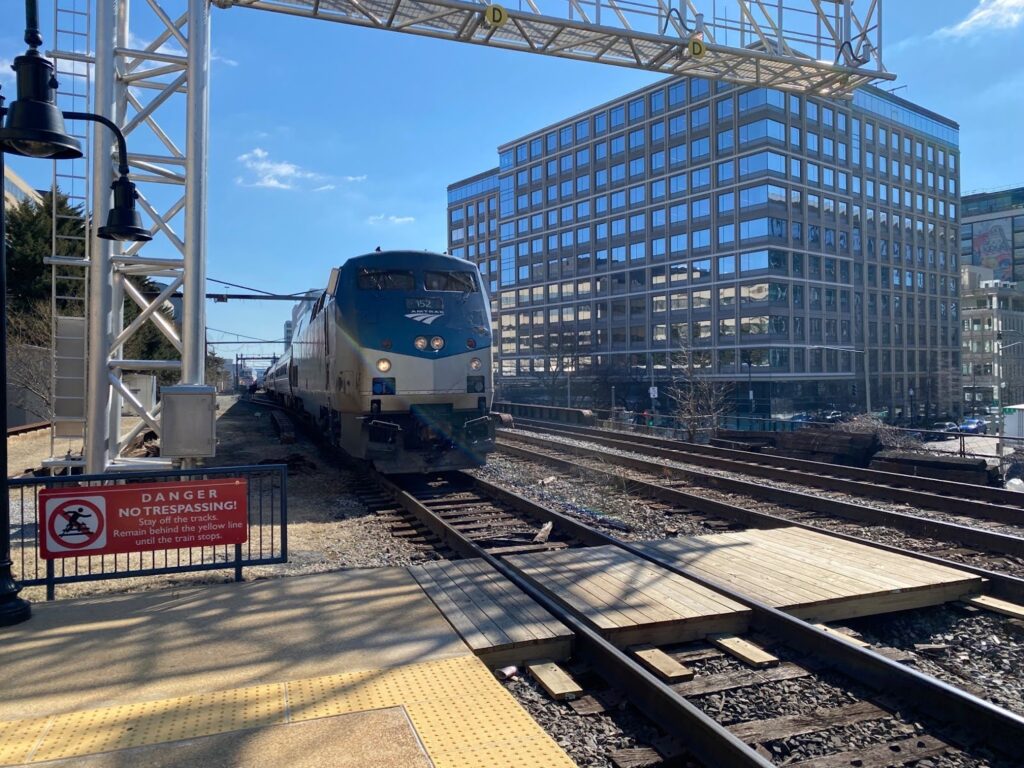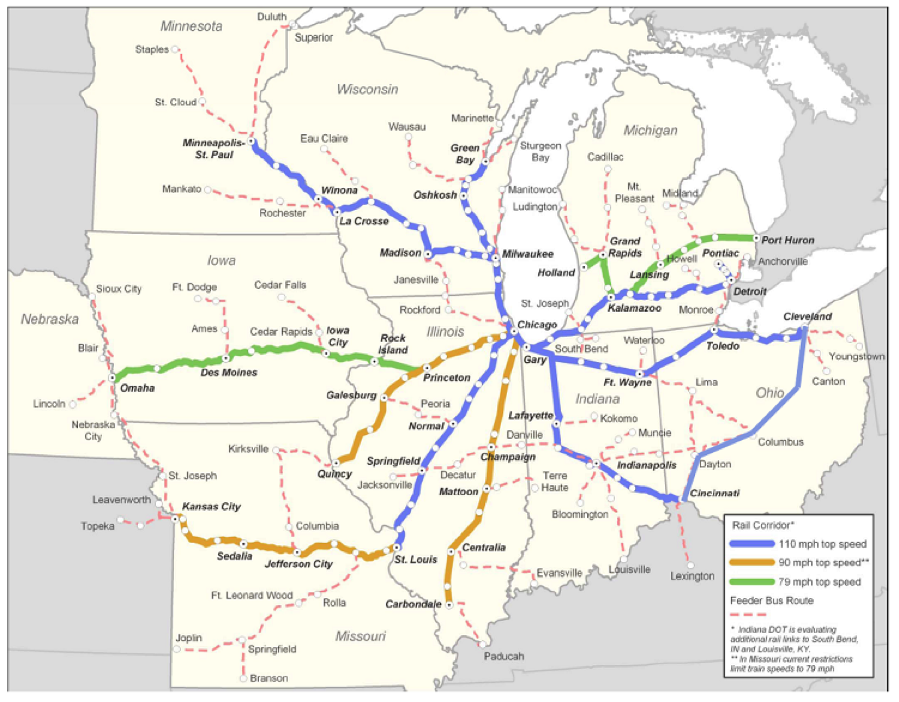
Better together: All aboard for collaboration in the Midwest
Chicago is the busiest rail hub in the United States. Every day, nearly 500 freight and 760 passenger trains pass through the region. Many of those nearby cities connected via rail have benefited from developing the areas around their stations (read about a few in our 2013 report, The Little Cities That Could), and Chicago itself will soon see a large-scale renovation of its own Union Station. But these assets and local economies are seldom talked about or considered as a whole. That’s a mistake according to a recent OECD report that found that in order to grow, leaders in the Greater Chicagoland region — Northeast Illinois, Northwest Indiana, and Southeast Wisconsin — must better coordinate.
“Regional economic development is the way of the future” says Kelly O’Brien, director of the Alliance for Regional Development, which hosts a regular series of “quarterly conversations” to support improved collaboration among the region’s economic development interests. The group mirrors efforts of regional partnerships like those in Maryland and Virginia, where leaders have worked together on economic development initiatives, or Pennsylvania and Ohio, which collaborate on workforce development issues.
On June 10th, we had the chance to join leaders from the greater Chicagoland region — including Illinois, Northwest Indiana, Southeast Wisconsin, and even Michigan — at the Chicago Metropolitan Agency for Planning for one of these conversations, this one focused on intercity rail & freight movement. Transportation for America Chair John Robert Smith joined the day to facilitate a panel about the economic value of passenger rail. Among the highlights, we heard that:
- Beyond the commercial development opportunities promised by passenger rail investment, there are also huge potential benefits to be realized by other sectors of the economy; in total, the passenger rail manufacturing supply chain provides over 90,000 jobs in the Unites States, 60% of which are in the Midwest. (See the full report from the Environmental Law and Policy Center)
- Leaders from across freight industries are counting on the unprecedented $1 billion dollar CREATE program to address one of the country’s biggest, most problematic freight rail bottlenecks that affects the movement of passengers and goods across the country.
- Northwest Indiana is readying land to replace pockets of postindustrial decline with thriving transit-oriented development. The region is also planning for a new, commuter rail line extension of the state’s existing South Shore Line into Chicago. (See the Northwest Indiana Regional Development Authority website for more information)
- New research from T4America member UIC Urban Transportation Center proves what many passenger rail advocates already know: leaders from across the industry agree that more investment is needed.
While O’Brien states that supporting collaboration “can feel like pushing a boulder up a hill” at times, the connections are being made; the day’s first panel featured leaders from the Indiana, Michigan, Illinois, and Wisconsin Departments of Transportation who are working in lockstep to more efficiently own, maintain, and operate their equipment, and collaborating through the Midwest Regional Rail Initiative.
Though a wide range of groups was represented in the meeting, leaders invoked the need for even more voices supporting these investments: such as developers, tourism leaders, the manufacturing community, and state legislatures.
“We are cooperating more than ever before, but we are still missing key players” said Tim Hoeffner, an MDOT leader who also chairs the Midwest Interstate Passenger Rail Commission. “we need to better harness the voices of local leaders,” he said.
At Transportation for America, amplifying the voices of local leaders is central to our mission. And we can’t do it without your help. For more information about getting involved in the Midwest or to recommend a local leader, contact Erin Evenhouse, Midwest Outreach Manager, at erin.evenhouse@t4america.org.
We can do more, together.

The current plan for the Midwest Regional Rail System. Photo Courtesy of the Indiana Passenger Rail Alliance



